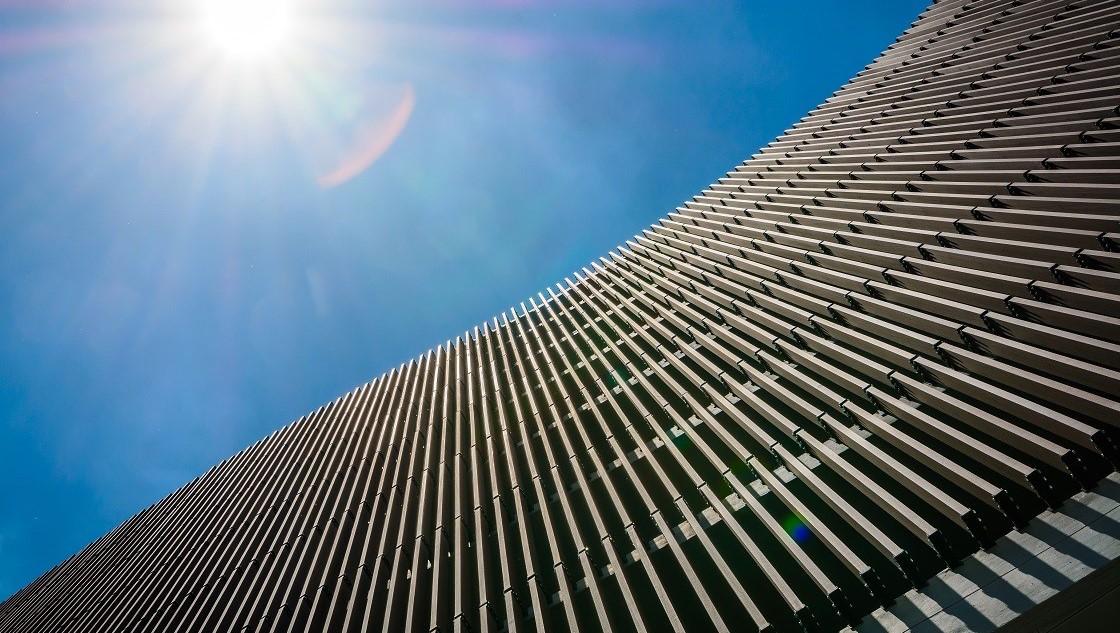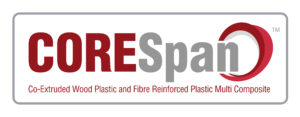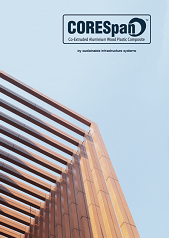

SIS has also used our standard WPC to develop ground breaking technology in that we are combining two materials of different class composites to co-extrude the worlds first multi-composite material that is manufactured in a continuous length manufacturing process. This has a FRP hollow core of any shape and an outer layer of WPC. The hollow core can also be filled with foaming agents of different density to allow us to adhere to compressive strength requirements. Where corrosion is not so much of an issue, a steel core can be used to reduce cost. This new age multi-composite material has given SIS the ability to compete in a traditionally competitive market with a product that is stronger, lighter, more corrosive resistant and does not require the FRP member to be painted unlike other offerings in the Australian marketplace.
One of the biggest obstacles in manufacturing Wood Plastic Composites is the removal of moisture from the wood fibres used in the manufacturing process. Wood and petroleum-based thermoplastics will not adhere to one other naturally, and especially if the wood contains any moisture. “Conventional Wood Plastic” products do not address this issue. Typically, in these processes, wood flour is dried to 0.5%-3% moisture content. The wood is then added to an extruder along with the plastic. The two compounds are mixed in the extruder and pushed out through a die. Since the two products are not physically attracted to each other, and above all because of the moisture content, the products only co-exist and never completely bond to each other. Furthermore, wood acid can be created from this moisture, which can cause further problems in an extruder. The resulting product’s strength, water absorption ability, and many other physical characteristics may be adversely affected. This is why we take great care to control which wood fibres are used and treated in our manufacturing site, and why we never use conventional wood flour.
This natural wood-like look and feel is also made possible because of the high wood content of the compound. Wood fibres are mixed with thermoplastics at an 8:1 volume ratio of wood to plastic (55% wood / 45% polypropylene by weight). Since the majority of the compound is wood, the product naturally takes on the characteristics of a real hardwood.
CoreSpan® is made from a mix of waste wood discarded from construction sites or industrial plants that has been crushed into fiber, and discarded plastics that have been recycled and crushed into flakes. This mix is then heat-treated so it can be melted and moulded. The main raw material is therefore a new, environmentally friendly, 100% recycled material. The moulding method used is extrusion moulding. Since CoreSpan® is not subject to corrosion or termite damage, it is better suited than natural wood to outdoor applications, and is widely used for decks, pergolas, fences, and other outdoor landscaping features, as well as general construction materials.
For further information on SIS FiberCore FRP composite bridges manufactured using InfraCore® Inside Technology, download or view our documentation by clicking on the image below. Alternatively, visit our product page via this link: CoreSpan®


